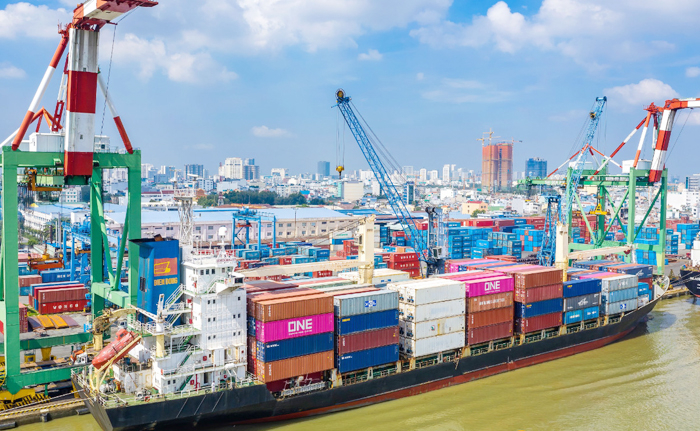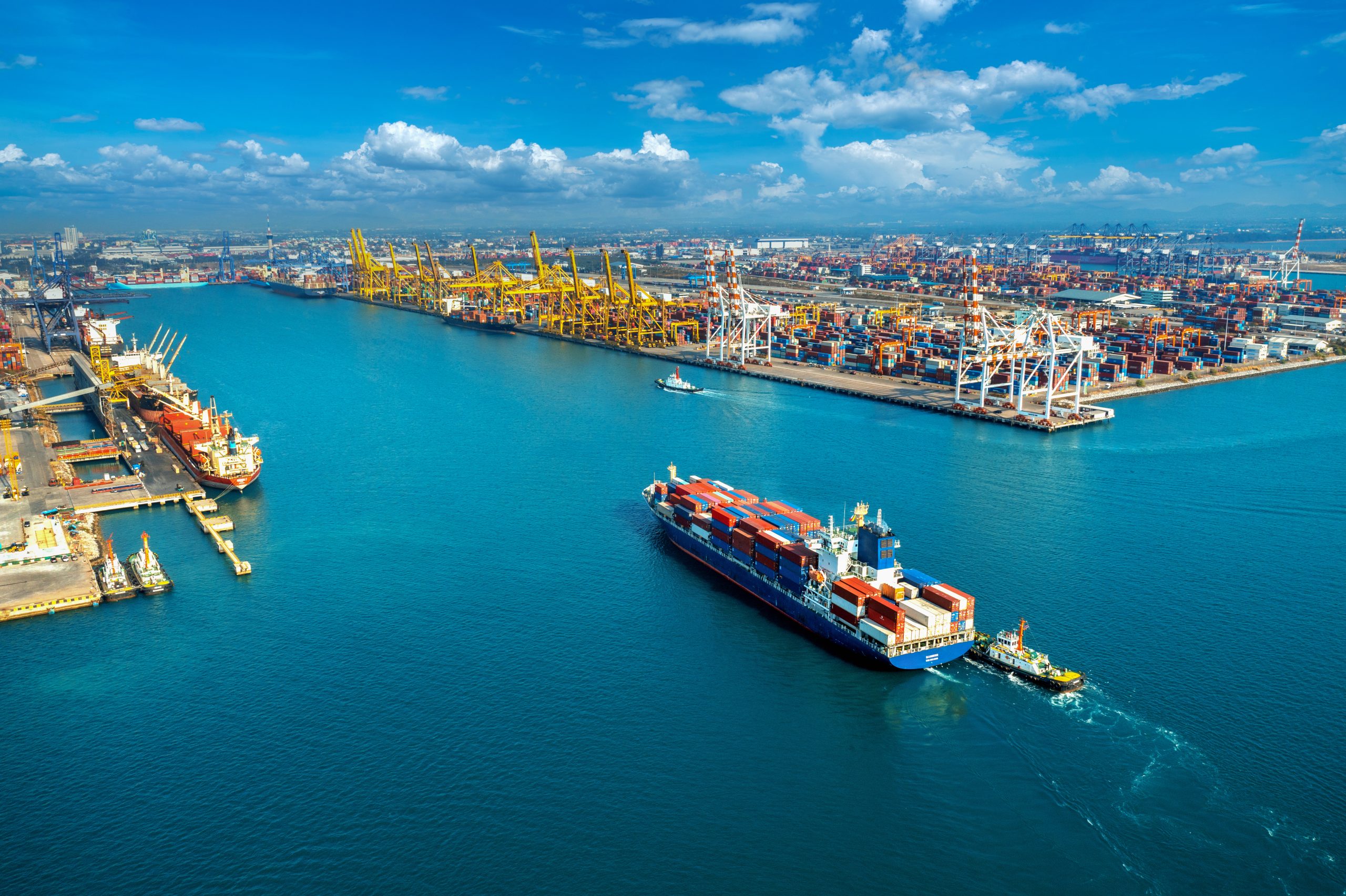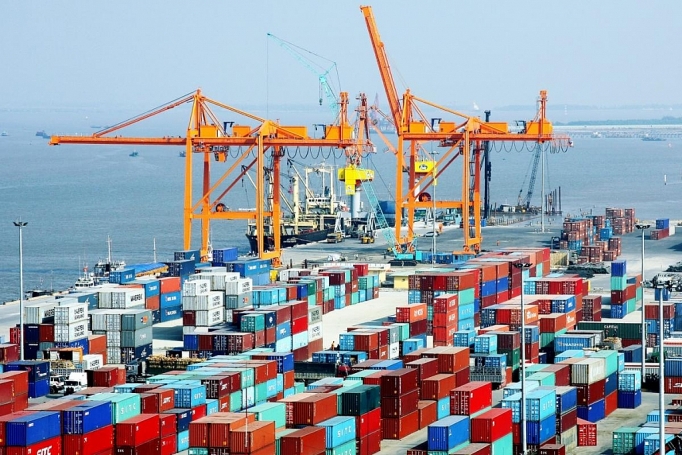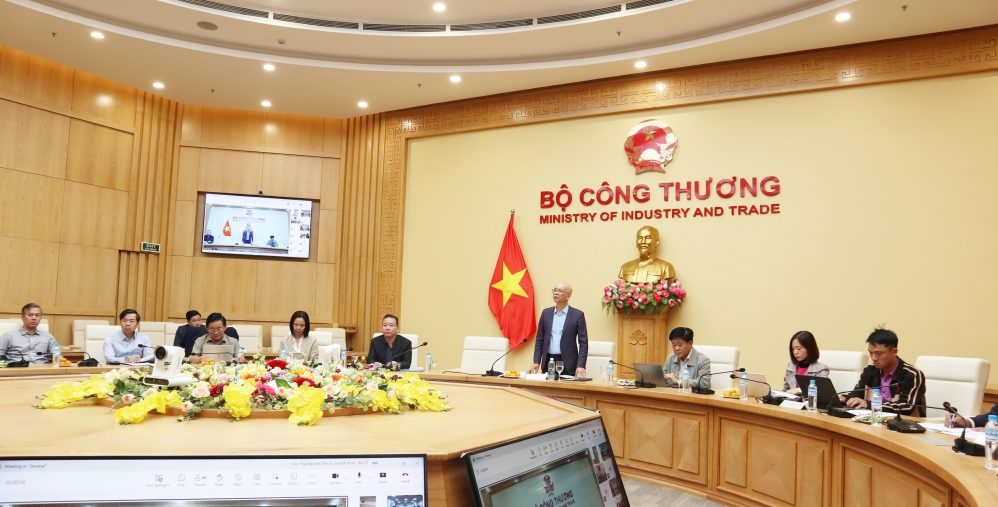Strategic Investment in Port Infrastructure
Source: Cong Ly Newspaper
Ho Chi Minh City is entering a new stage of development with a VND 81.8 trillion investment plan for seaport infrastructure through 2030. Thanks to its strategic location and fast-growing economy, the city aims to become one of Vietnam’s most dynamic logistics and maritime hubs, strengthening its position in international trade and global supply chains.
Expanding a Comprehensive Seaport Network
The approved plan will develop 60 terminals with nearly 31 kilometers of wharf across key areas such as Cai Mep – Thi Vai, Vung Tau, Long Son, Song Dinh, and Con Dao. This expansion will enhance cargo handling capacity, attract large-tonnage vessels, and support a modern logistics ecosystem in southern Vietnam.
Cai Mep – Thi Vai: Vietnam’s Logistics Powerhouse
The Cai Mep – Thi Vai deep-water port cluster continues to stand out globally, as it can handle some of the world’s largest container ships. It connects Vietnam to major international shipping routes and boosts Ho Chi Minh City’s logistics capabilities. As a result, Vietnam strengthens its role as a strategic gateway in the global supply chain.
Key Infrastructure Projects
Priority projects include:
- Expansion of the Cai Mep – Thi Vai channel
- Development of the Cai Mep Ha terminal
- New maritime safety infrastructure
These upgrades aim to improve efficiency, reduce vessel waiting times, and ensure safe navigation, directly boosting logistics operations at the port.
Long-Term Vision: Green and Smart Ports by 2050
By 2050, the seaport system is planned to transition to green and smart port models, incorporating digital port management, automated equipment, and low-emission technologies. These improvements will enhance throughput, reduce carbon emissions, and establish Vietnam as a leader in sustainable logistics and maritime industries.
Channel Upgrades and Investment Opportunities
The Vung Tau – Thi Vai channel will be upgraded to accommodate vessels up to 250,000 DWT, while the government encourages public–private partnerships to accelerate logistics infrastructure development. Domestic and international investors are invited to participate, creating new opportunities in shipping, warehousing, and supply chain services.
Economic Impact and Industry Growth
Source: People’s Public Security Newspaper
The seaport expansion will stimulate related sectors, including warehousing, cold storage, shipbuilding, and industrial services. Enhanced port capacity reduces logistics costs, improves trade efficiency, and increases the region’s attractiveness to foreign investors. This growth strengthens Ho Chi Minh City as a hub for integrated logistics services in Southeast Asia.
Enhanced Connectivity for Efficient Logistics
Major transport improvements – including the Bien Hoa – Vung Tau Expressway, coastal highways, and Long Thanh International Airport – will create a seamless logistics network. Faster travel, reduced congestion, and improved cargo flows help businesses optimize supply chains and expand market reach.
Integrated Economic Ecosystem: Seaport – Logistics – Industry – Services
Ho Chi Minh City is building a comprehensive economic ecosystem combining maritime transport, international trade, industrial production, and high-value logistics services. This strategy not only drives economic growth but also supports the city’s vision as a sustainable, innovation-driven urban center.
Ho Chi Minh City as a Global Logistics Hub
The seaport network expansion positions Ho Chi Minh City as a critical logistics hub for Asia and beyond. The VND 81.8 trillion investment demonstrates a strong commitment to world-class infrastructure, long-term competitiveness, and global supply chain integration.
Source: Cong Ly Newspaper
28/11/2025
 info@mplogistics.vn
info@mplogistics.vn (+84) 28 3811 9033
(+84) 28 3811 9033






 VN
VN